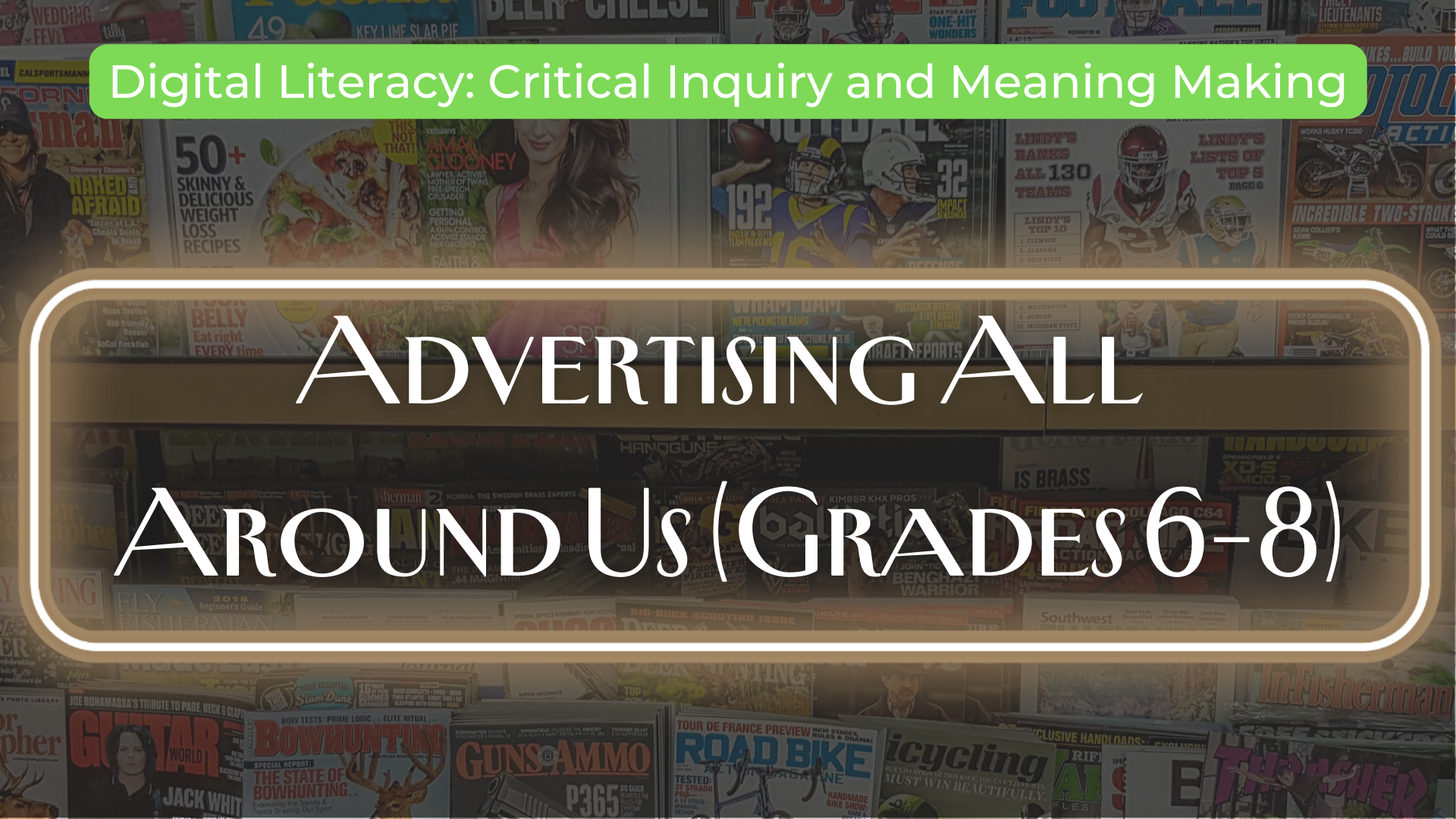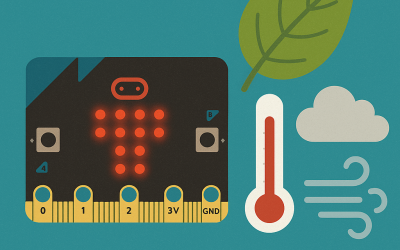Overview
This teaching unit helps students to become more aware of the language and techniques used in print advertising, as well as the impact of advertising on their daily lives. The unit will focus on three key media literacy concepts: construction of reality, representation, and audience.
NB Curricular Connections
Technology (6-8)
- Strand: Information Technology Skills – Big Idea: Digital Citizenship
- Strand: Thinking Skills – Big Idea: Critical Inquiry & Meaning-Making
Personal Wellness (6-8)
- Strand: Wellness – Big Idea: Digital Health & Wellness
- Strand: Design Thinking Skills – Big Idea: Creativity, Design & Problem Solving
English Language Arts (6-8)
- Strand: Interactions – Big Idea: Effective Communication & Collaboration
What you’ll need
- “Advertising All Around Us” PDF kit – Advertising All Around Us | MediaSmarts
- Collect magazines, comics, newspapers, brochures, bulletins, and posters from a variety of sources (i.e., from other countries)
- Scissors, backing paper, glue, pencils and writing paper.
- Copy of Student handouts: Common Advertising Strategies and Food Advertising Strategies found in the PDF kit.
- Download the resource package for complete instructions, links, and guiding discussion questions.
Instructions
- Have students write responses to the following questions:
- What is advertising?
- Why do we advertise?
- Is advertising really necessary?
- Key Concept 1: Media Construct Reality
- Differentiate between a print ad and a photograph accompanying a magazine article Present class with a variety of magazine images. Include advertisements in which the words have been covered and photographs from magazine articles. Discuss the images using the guiding questions in the PDF kit. Next, compare an advertisement that features a product to a lifestyle or image-based ad that doesn’t feature a picture of the product. (find guiding questions in PDF).
- Constructing reality Cut out a picture of a product. Paste it on a piece of paper and create a new ad. Discuss the newly-constructed ad using guiding questions in PDF kit.
- Extended activity Select ads for five products – Change the names to make humorous new products.
- Key Concept 2: Representation – Identifying media forms (Whole class, working in small groups)
- Develop a list of different forms of print-based advertising. The list should include leaflets, posters, fashion and technical magazines, newspapers, bulletin boards, clothing logos, travel bulletins, flyers and comics.
- Distribute an assortment of ads to each group. Categorize the ads and discuss the different mediums used (find discussion guidelines in the PDF file).
- Pass around an advertorial and a magazine article on a similar topic (i.e. beauty or health). Ask students: Is this an article or an ad? How can you tell? If “advertorial” or “advertising feature” wasn’t printed on each page, would you be able to tell the difference? Why might advertisers include ads such as these in magazines?
- Key Concept 2: Representation – Analyzing the aesthetics of advertisements
- Analyze several ads, using the following questions as guidelines: Is it a drawing or a photograph? Is it live action or cartoon? What headlines, logos or slogans attract attention? Note the number of words used to present an idea. Analyze the use of colour, position, layout, words (descriptors) and any other elements that make ads more appealing. How does the language help to establish an image?
- Extended activity – Demonstrate the importance of aesthetics in advertising by turning a boring, uninteresting ad into something that is pleasing and attention getting.
- Key Concept 2: Representation – Identifying the hidden persuaders in advertising (Whole class working in small groups)
- Distribute several ads from a variety of sources to each group. Discuss the advertising techniques used.
- Bandwagon: Join the crowd. Everyone is buying it/using it/doing it.
- Testimonial: A famous person or authority claims the product is good.
- Image Advertising: A product is associated with certain people, places, activities. The implied message is one of attractiveness, wealth, enjoyment, etc.
- Weasel: A promise is implied by using words like “usually” or “chances are.”
- Omission: Facts about the product are not told.
- Repetition: Saying it again and again.
- Scale: Making a product bigger or smaller.
- Association: Promising adventure, attractiveness, quality.
- Name-calling: Making the product seem better by using unpopular terms about the competition
- Key Concept 3: Audience (Whole class working in small groups. Invite both small group and large group discussion.)
- Provide each group with a selection of ads from around the world. Include ads in foreign languages. Students select one for discussion (discussion questions in PDF file)
- Survey the ads to determine if some products are the same in all countries. Do different countries use different ads for the same product?
- Extended activity – Pretend you are from another planet. Collect ten ads. From these, determine all you can about the interest, values, lifestyles and quality of life of the earthling.
Reflection Activity
Please see the attached PDF for several choices on how you and your learners can reflect upon today’s activity.






